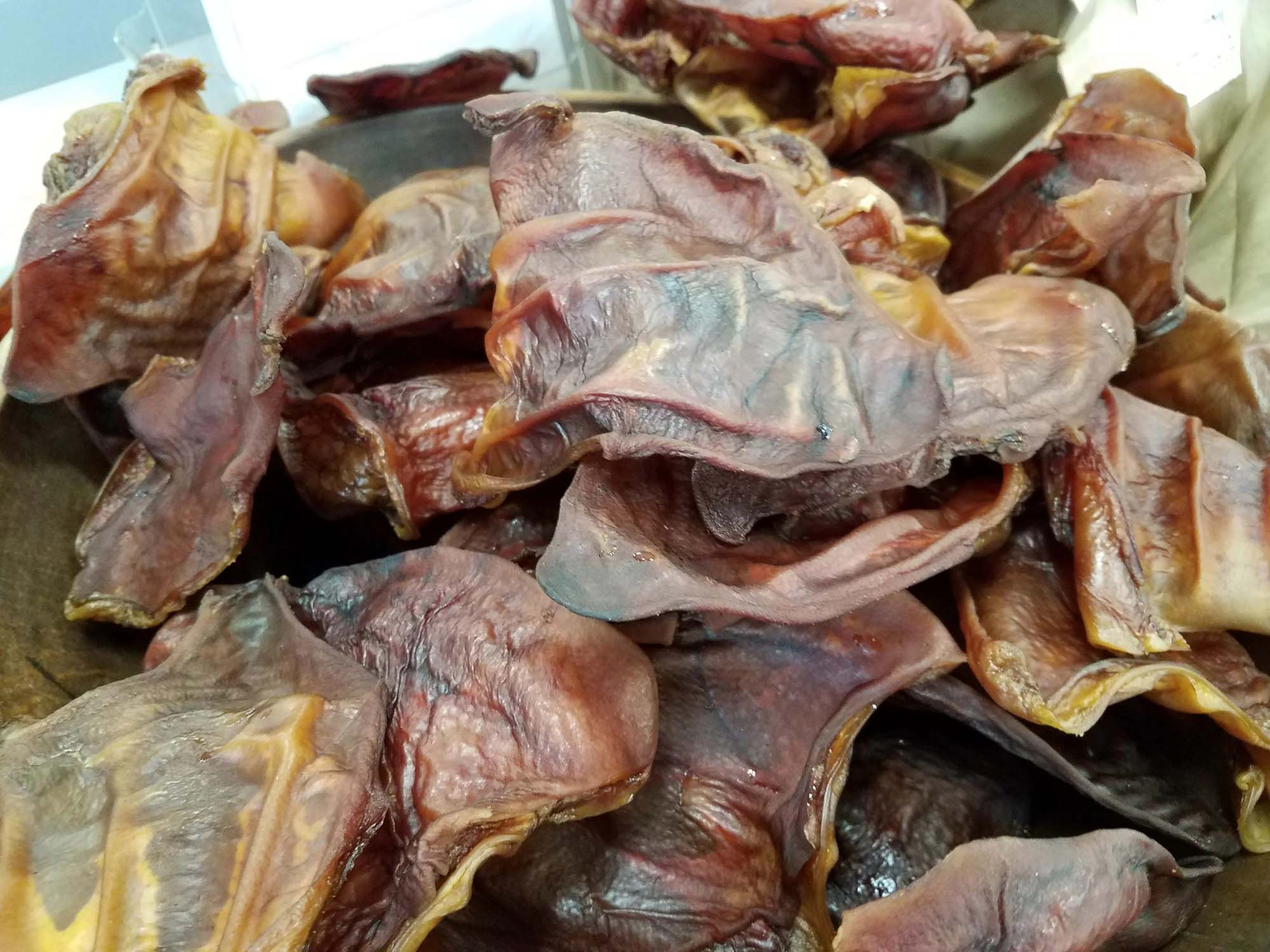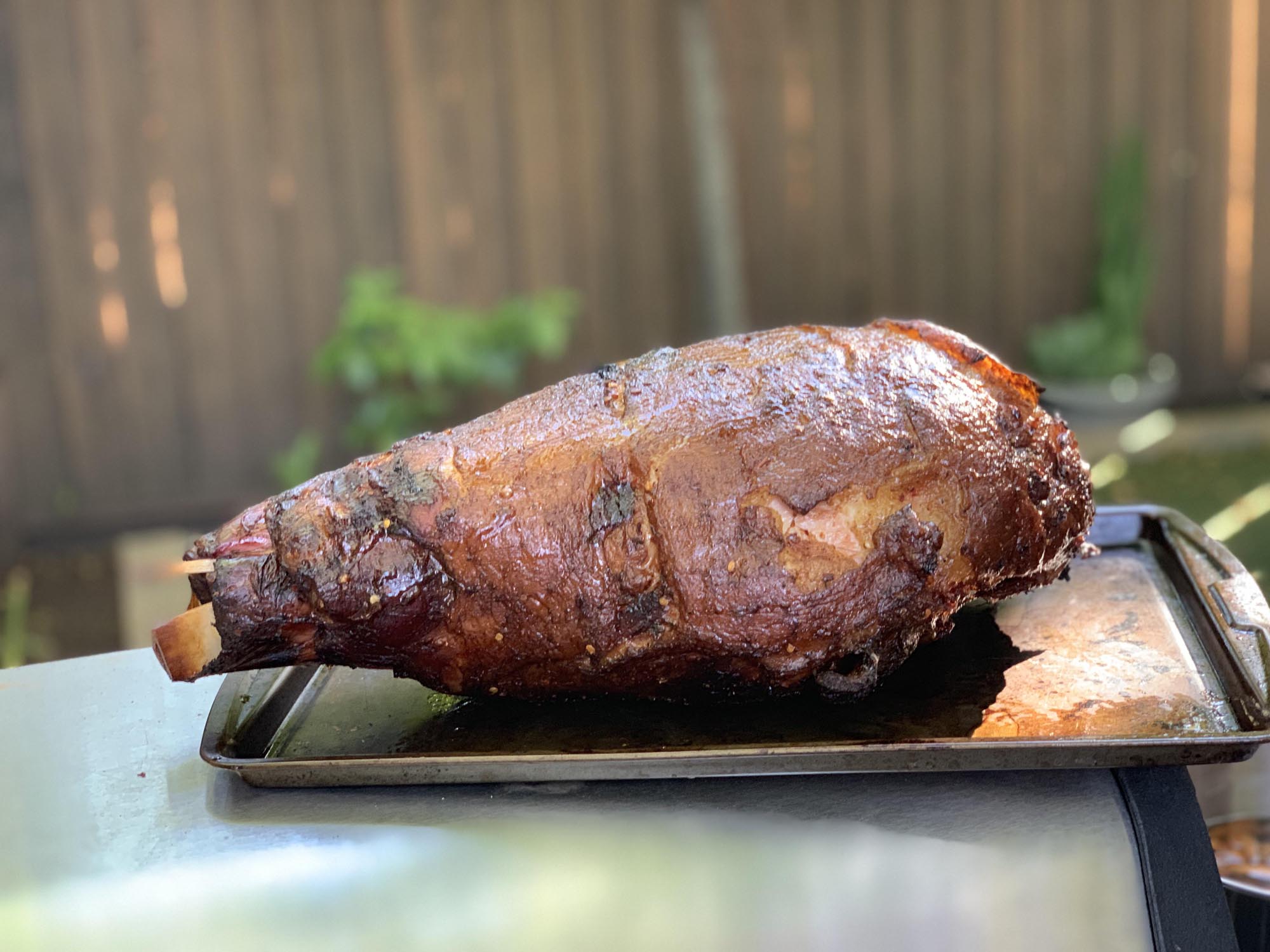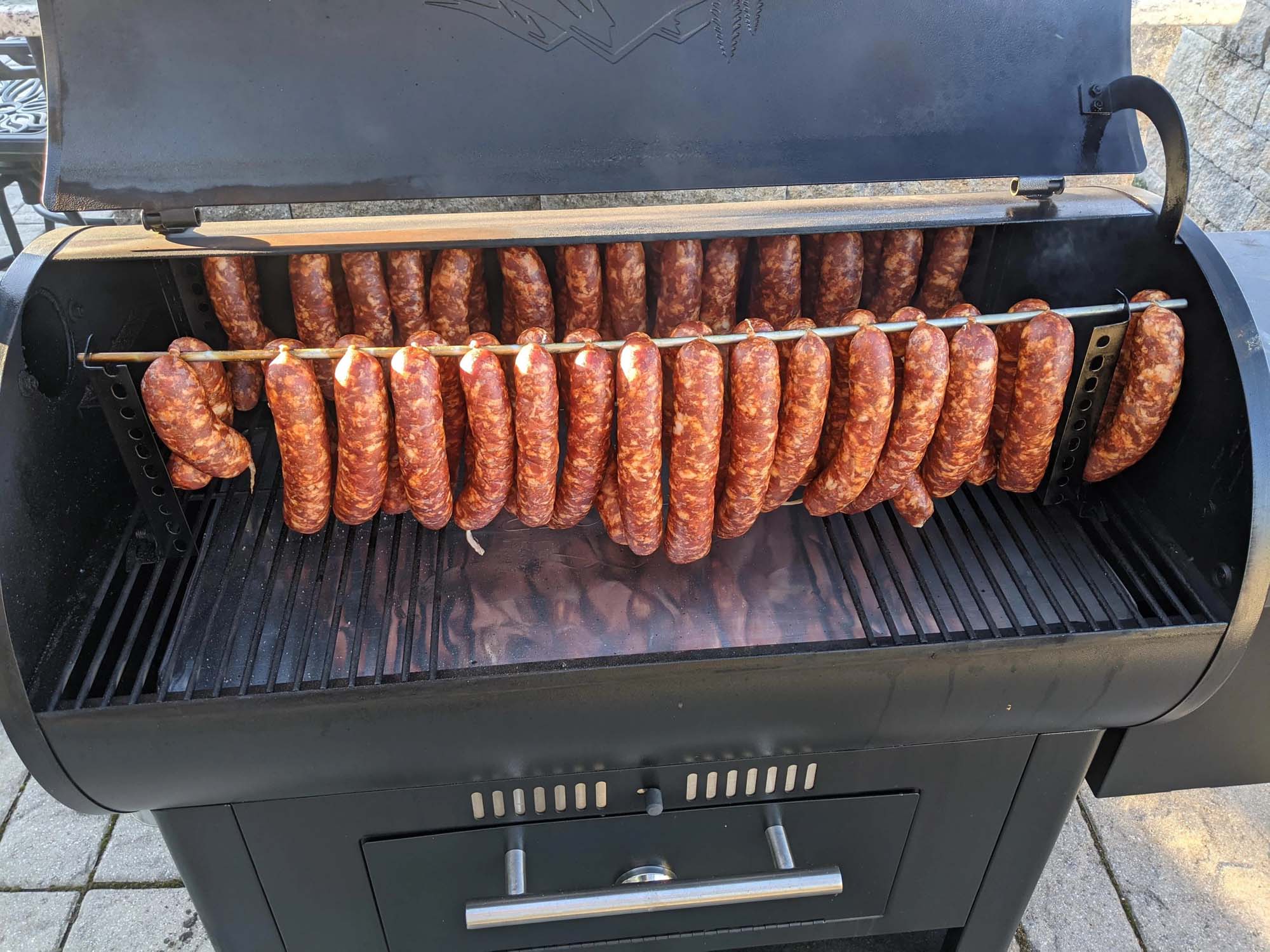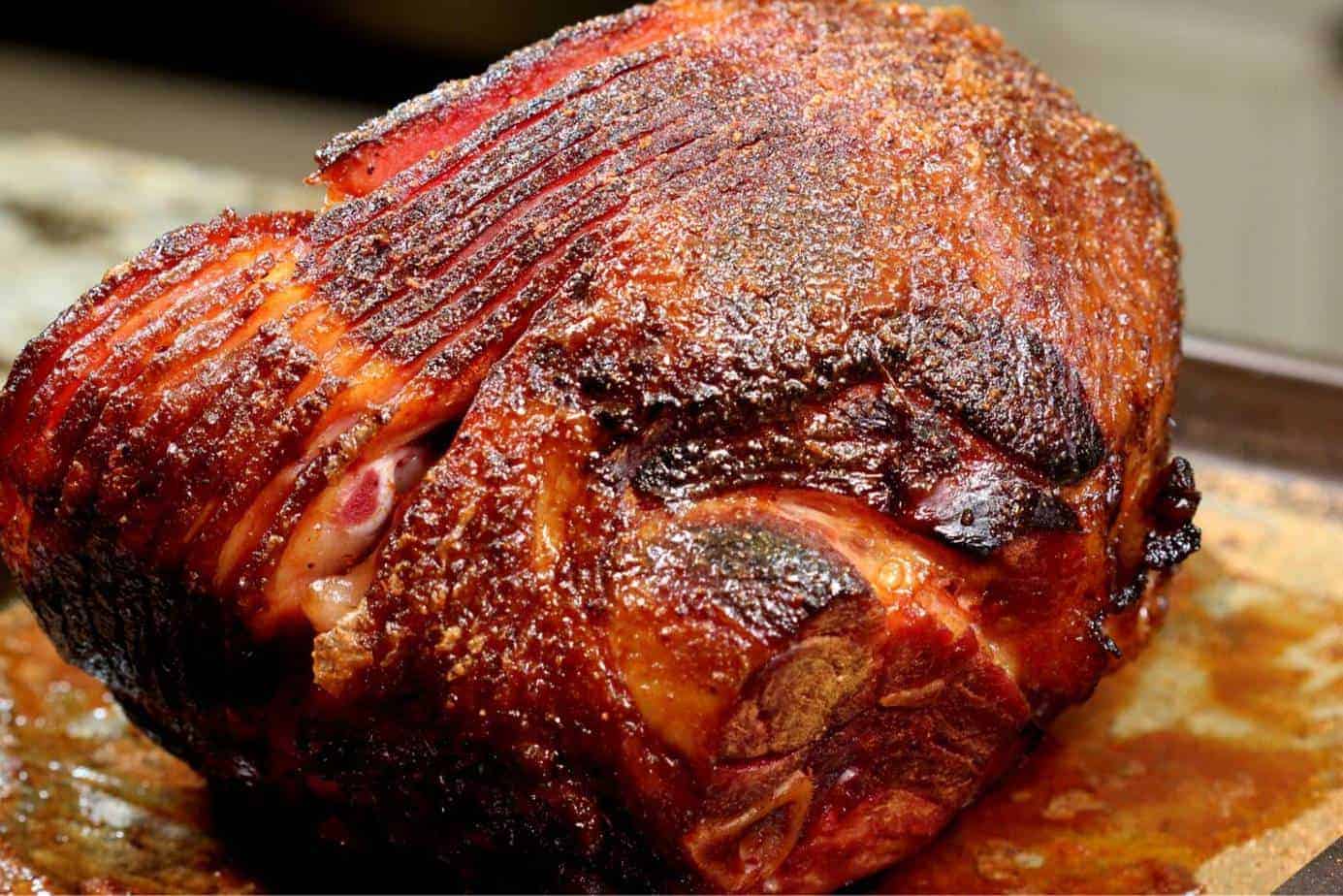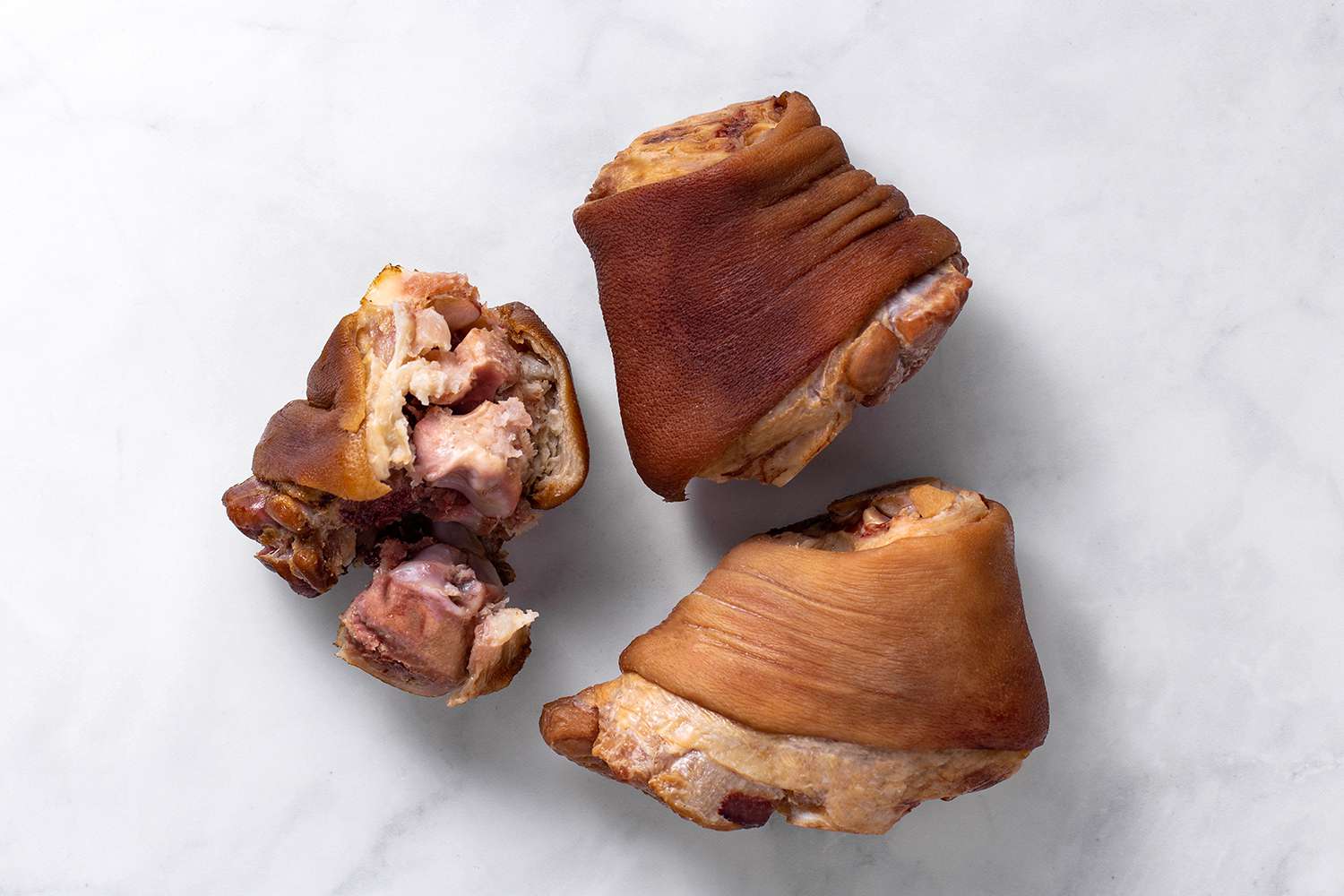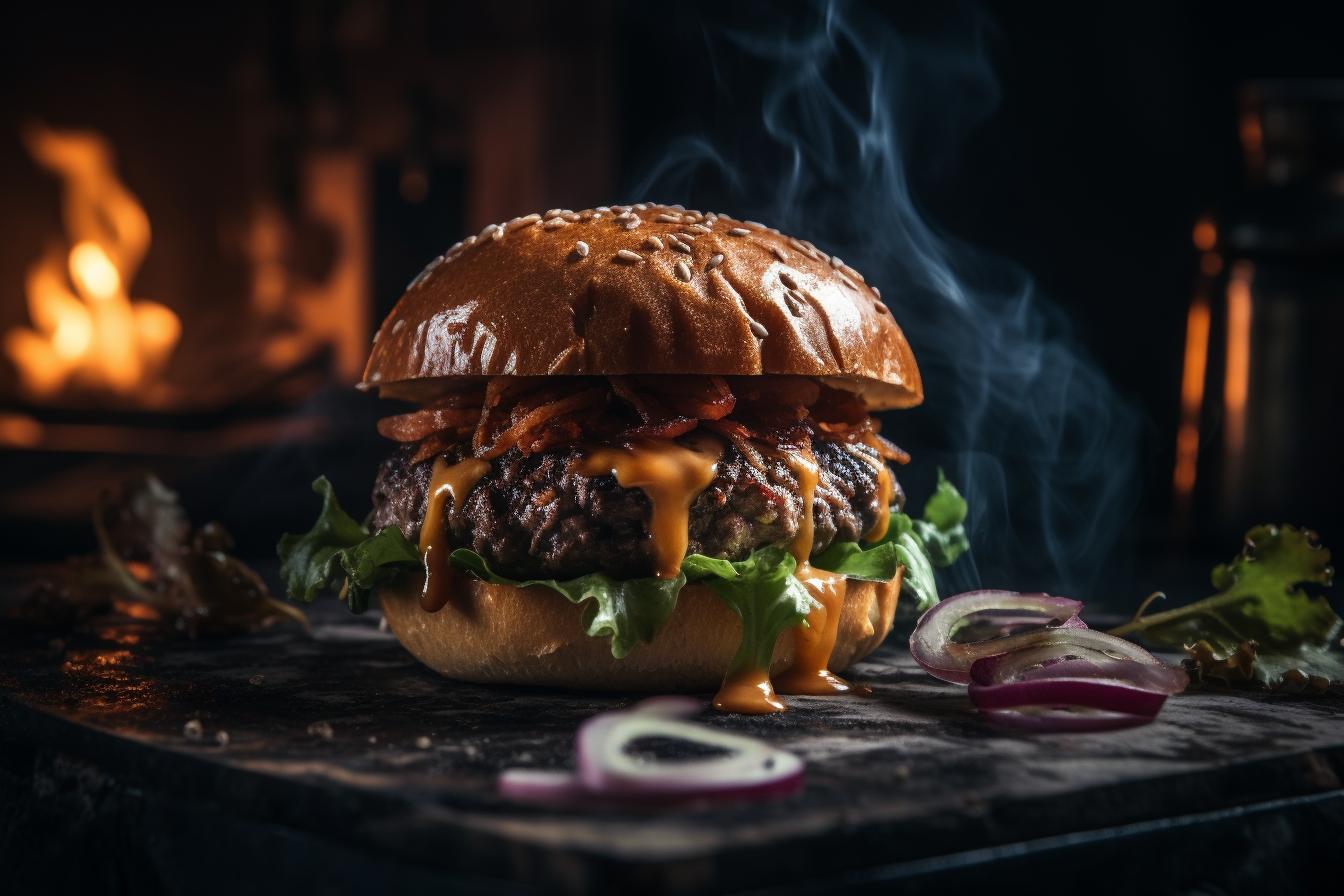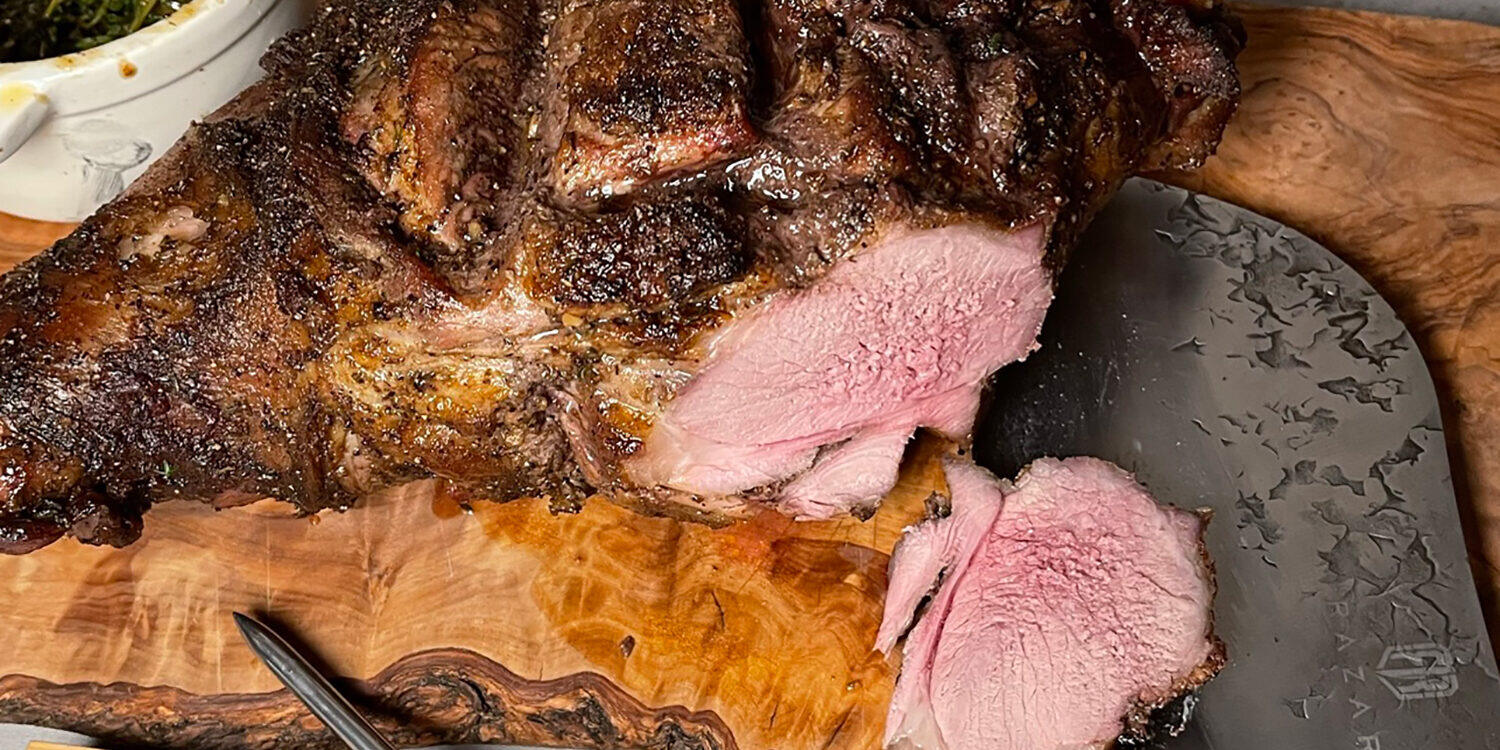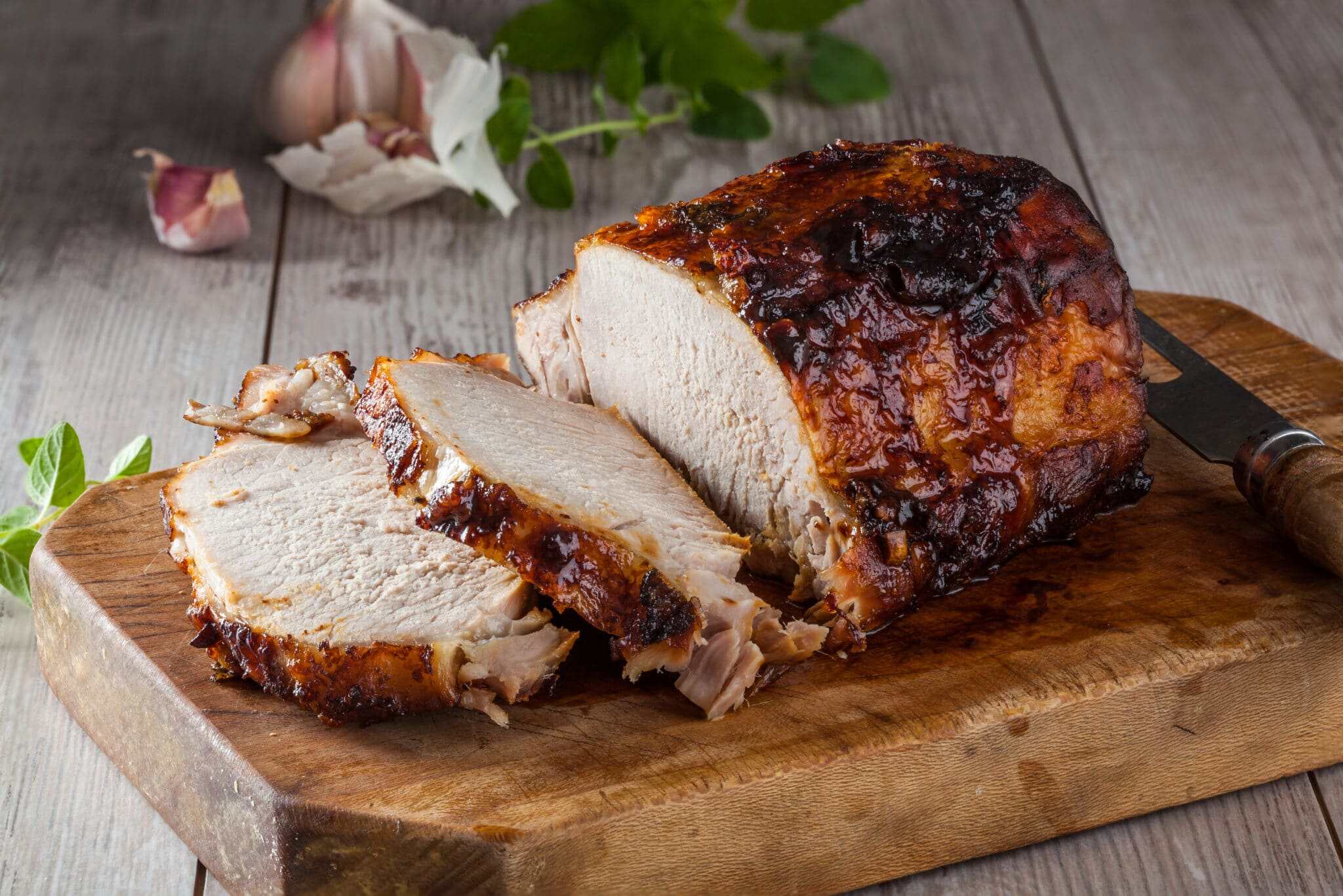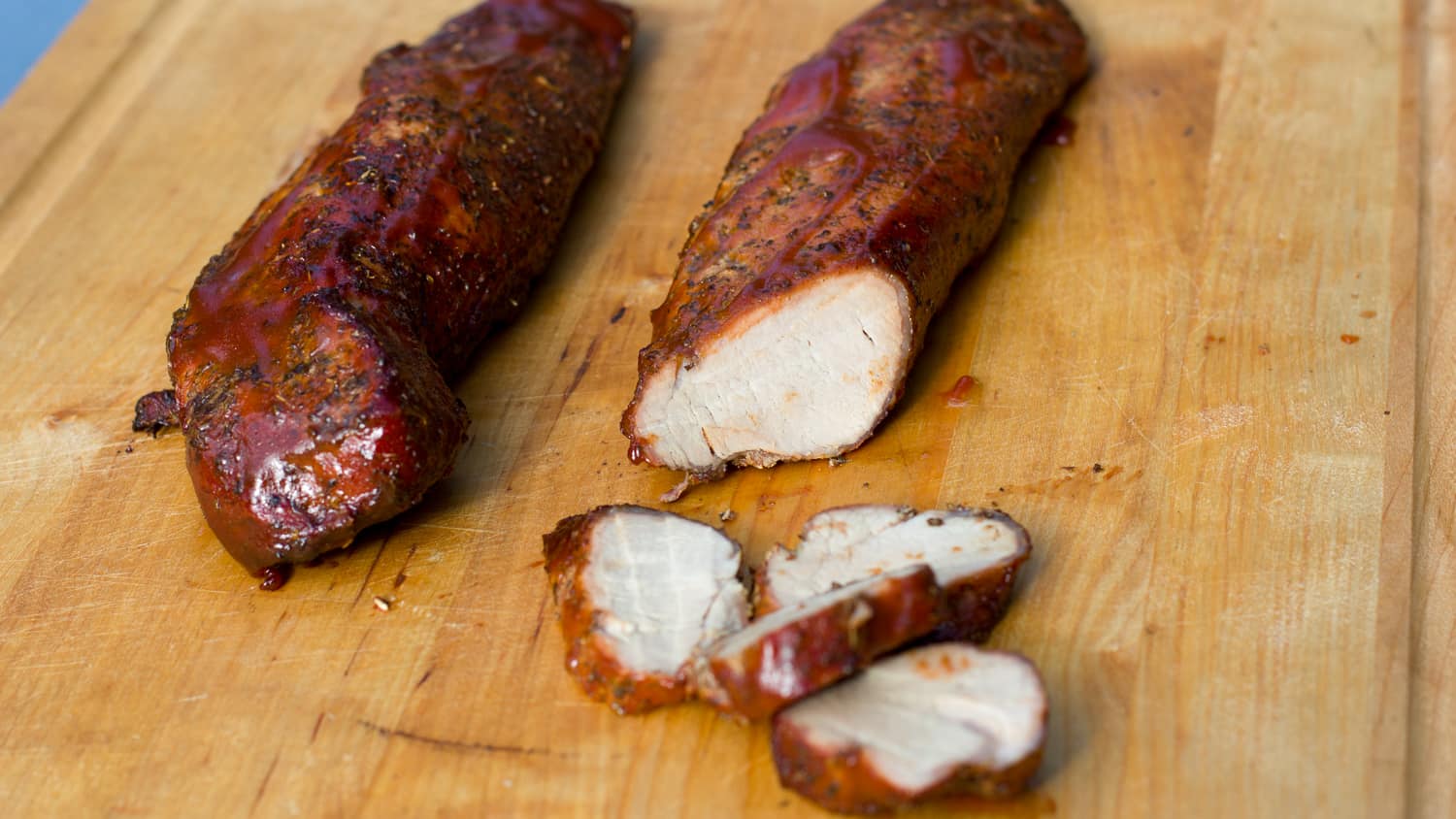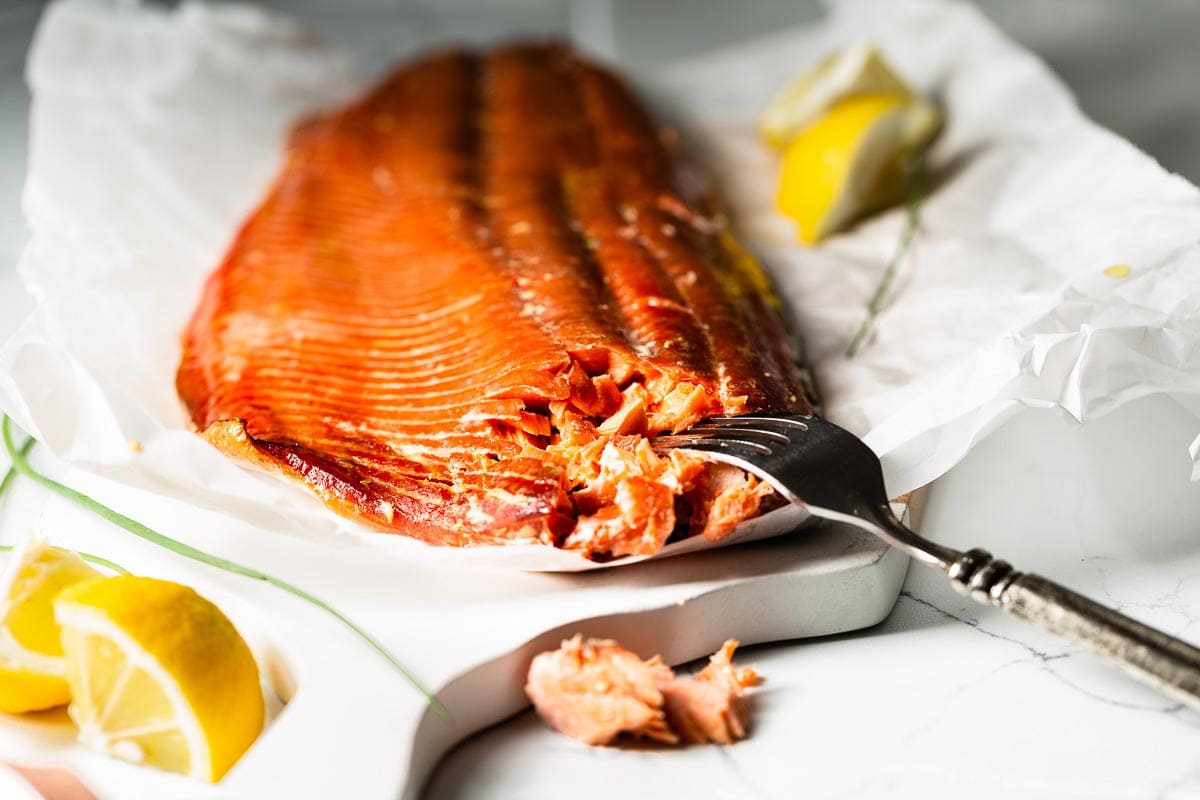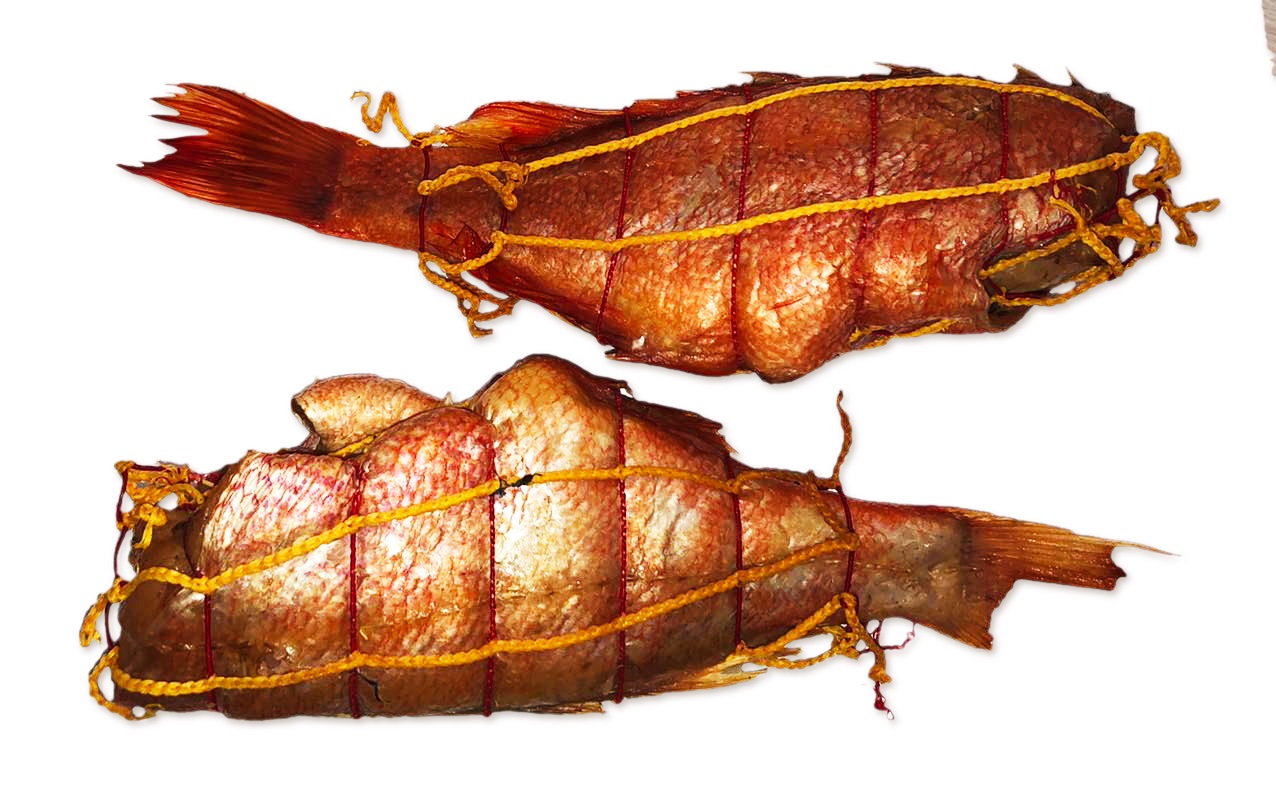Smoking Pork Ham Hock in the Green Egg: A Delicious and Flavorful Experience
Are you a fan of smoky, tender, and flavorful pork dishes? If so, you're in for a treat! Smoking pork ham hock in the Green Egg is a fantastic way to infuse rich, smoky flavors into this succulent cut of meat. Whether you're a seasoned pitmaster or a novice griller, this guide will walk you through the steps to achieve mouthwatering results.
Choosing the Right Pork Ham Hock
Before diving into the smoking process, it's essential to select the right pork ham hock. When shopping for this cut, look for hocks that are well-marbled with fat and have a deep pink color. The fat content will help keep the meat moist and tender during the smoking process, while the pink color indicates freshness.
Preparing the Green Egg Smoker
-
Clean the Green Egg: Start by ensuring that your Green Egg smoker is clean and free of any debris from previous use. This will help prevent any off-flavors from affecting the pork ham hock.
-
Set Up the Charcoal: Fill the firebox of the Green Egg with high-quality charcoal, such as lump charcoal, and arrange it for indirect heat. Indirect heat is crucial for smoking, as it allows the meat to cook slowly and absorb the smoky flavors without direct exposure to the flames.
-
Add Wood Chips or Chunks: Select your favorite wood chips or chunks, such as hickory, apple, or cherry, and add them to the charcoal. The type of wood you choose will impart distinct flavors to the pork ham hock, so feel free to experiment with different varieties to find your preferred taste.
Preparing the Pork Ham Hock
-
Seasoning: Before placing the pork ham hock in the smoker, season it generously with your favorite dry rub or marinade. A combination of salt, pepper, garlic powder, and paprika can create a delicious crust on the exterior of the hock.
-
Let it Rest: Allow the seasoned pork ham hock to rest at room temperature for about 30 minutes. This will help the flavors penetrate the meat and enhance its overall taste.
Smoking the Pork Ham Hock
-
Maintain the Temperature: Once the Green Egg reaches a stable temperature of around 225-250°F (107-121°C), carefully place the seasoned pork ham hock on the grill grate. Close the lid of the smoker to maintain a consistent cooking environment.
-
Monitor the Smoke: Keep an eye on the smoke production, ensuring that it remains thin and blue. Excessive white smoke can result in a bitter flavor, so adjust the airflow and wood chip/chunk placement as needed to achieve the desired smoke quality.
-
Patience is Key: Smoking pork ham hock is a slow process, typically taking 4-6 hours to reach the desired level of tenderness. During this time, resist the temptation to open the lid frequently, as this can cause fluctuations in temperature and extend the cooking time.
Testing for Doneness
After several hours of smoking, it's essential to confirm that the pork ham hock is fully cooked and tender. You can use a meat thermometer to check for an internal temperature of 190-195°F (88-91°C). Additionally, the meat should easily pull away from the bone when it's ready.
Serving and Enjoying the Smoked Pork Ham Hock
Once the pork ham hock is perfectly smoked and tender, it's time to savor the fruits of your labor. Whether you choose to enjoy it on its own or incorporate it into a variety of dishes, such as soups, stews, or casseroles, the rich, smoky flavor will undoubtedly elevate any recipe.
In conclusion, smoking pork ham hock in the Green Egg is a rewarding and delicious experience that yields mouthwatering results. By following these steps and exercising patience, you can create a delectable dish that will impress your family and friends. So fire up the Green Egg, select a quality pork ham hock, and embark on a flavorful journey that celebrates the art of smoking meat.
Was this page helpful?
Read Next: How To Smoke Whole Lobster
